RV Insulation Guide
Factory-installed RV insulation does not provide enough comfort in climate areas. The secret to enjoying a wonderful camping experience in a van is installing an additional layer of RV insulation. The right RV insulation will transform your van into a cozy oasis, providing comfort and serene traveling.

Finding it difficult to find the right RV insulation for your van? This insulation guide is all you need. In this post, you will learn how to choose the right RV insulation. We will also discuss how to insulate different RV components.
What Are RV Insulation Types?
RV insulation types include fiberglass, rigid foam board, spray foam and reflective foil, which help regulate temperature and provide energy efficiency in recreational vehicles. There are 4 common RV insulation types, each having its peculiarity. We will discuss the pros and cons of different RV insulation types.

1. RV Fiberglass Insulation
Fiberglass insulation is the most common choice for RVs due to its affordability, with an R-value typically around 3.5 to 4 per inch, making it a cost-effective option. RV fiberglass insulation consists of tiny glass fibers made into rolls. The significant drawback of RV fiberglass insulation is its poor moisture resistance. It deteriorates when in contact with water.
2. RV Rigid Foam Insulation
RV Rigid foam insulation, composed of polystyrene boards, boasts an impressive lifespan of up to 30 years. Foam boards, while lightweight, provide an R-value typically ranging from 4 to 7 per inch, which may be lower compared to other RV insulation options. However, these boards come in various thicknesses, making them adaptable to different climates.
The composition of RV foam insulation ensures exceptional moisture resistance, as they do not absorb moisture, reducing the risk of mold growth. Despite their moisture-resistant qualities, RV foam boards can be somewhat challenging to install compared to fiberglass or other options.
3. RV Spray Foam Insulation
RV spray foam insulation stands out as the most efficient choice for motorhome insulation, with an impressive R-value ranging from 6 to 7 per inch, providing exceptional thermal performance. This insulation type is composed of two chemical compounds, which are expertly combined and then sprayed directly onto the van's walls, where it expands and solidifies. The resulting spray foam insulation creates an airtight seal in the van, effectively preventing drafts, moisture, or air leaks, making it an excellent choice for maintaining a comfortable interior environment.
Spray foam is the best RV insulation for winter because it offers a high R-value. In addition, spray foam provides excellent resistance against moisture.
4. RV Reflective Insulation
RV reflective insulation relies on reflective foils to redirect up to 97% of heat waves away from the van, reducing radiant heat transfer significantly. It's especially effective in hot climates, and when combined with other insulation types, can enhance thermal performance, potentially increasing the overall R-value by 10-15%. Moreover, these lightweight and easy-to-install reflective insulation materials are a cost-effective addition to your RV's insulation system.

What Is The Best Insulation For An RV?
The best insulation for an RV often depends on the climate and specific needs, but spray foam insulation is considered one of the most effective choices due to its high R-value and ability to create an airtight seal.
Choosing the right RV insulation for your motorhome is important to keep your van warm and comfortable. Every RV insulation type has its pros and cons. Weight, moisture resistance, R-value, and durability are essential factors to consider when choosing the best RV insulation.
Here is a table of the Pros and Cons of common RV insulation types:
|
Pros |
Cons |
|
|
RV Fiberglass Insulation |
|
|
|
RV Foam board insulation |
|
|
|
RV Spray foam insulation |
|
|
|
RV Reflective insulation |
|
|
What Is The Cost Of RV Insulation?
The cost of RV insulation ranges between $1000 to $3000. RV insulation cost depends on the type of insulating material used, the size of the area to be insulated, and the installation mode. The cheapest insulating material is fiberglass, while spray foam and rigid foam insulation are expensive. However, fiberglass insulation is prone to moisture damage, making your van uncomfortable when it rains.
The size of the insulated area also affects the cost of RV insulation. Regarding the installation mode, hiring a professional is a more expensive option than DIY insulation. Typically, spray foam insulation costs $1.5 to $3 per square foot when done by a professional. In contrast, you can save labor costs by learning how to insulate a van with spray foam.
What Is The R-rating For RV Insulation?
The R-rating for RV insulation varies based on the type and thickness of insulation used, but it typically ranges from R-4 to R-7 per inch for common RV insulation materials.
The R-value for fiberglass is R3- R5 per inch thickness, while for spray foam, it is R3 to R7, depending on the type used. One significant factor to consider before choosing the right R-rating for your RV insulation is climate. For instance, an R-value of R10 in your walls and R20 in ceilings is suitable for winter camping.
How To Insulate An RV Components?
RV insulation can be challenging for DIYers with no prior experience. To keep your RV van warm and comfortable, it is vital to insulate the different components. Important RV components that require insulation include windows, doors, floors, walls, and underbelly. Protecting these components with insulation ensures maximum comfort in an RV all year. Here is how to insulate different RV components:

1. RV Window Insulation
This is a necessary aspect of RV insulation as it is one of the major inlet areas. RV window insulation helps to eliminate drafts and cover tiny spaces around the window that can cause heat loss. For RV window insulation for winter or summer, here are a few things you should do;
- Recaulk tiny holes
- Replace weather stripping.
- Add reflective foil to the window and secure them with tape.
- Upgrade the window to an insulated one.
2. RV Underbelly Insulation
The underbelly of an RV is another important that requires proper insulation. RV underbelly insulation can be done by applying either fiberglass or spray foam. The choice of insulation depends on your preference or budget. To insulate the RV underbelly with spray foam, spray the foam to the metal part of the underbelly.
RV insulation skirting is another way to protect the underbelly of your van, especially during summer or winter. Skirting helps keep the inside of the van cool and protects RV plumbing. Skirting creates a thermal barrier that prevents air from entering the van. The best RV skirting for winter is rigid foam boards and reflective insulation.
3. RV Wall Insulation
The walls of your RV require adequate insulation, as it is just as important as roof insulation. Insulating RV walls creates an additional layer of protection against heat loss in your rig. Spray foam, fiberglass, and foam board insulation are the common insulating materials used for RV wall insulation.
The insulation is applied directly to the wall of the van. The application is similar to ceiling insulation. Spray foam is the best insulation for RV walls. Spray foam is applied to the wall studs in the van and allowed to solidify. Then, an interior covering is used to secure the insulation in place.
4. RV Floor Insulation
The floor of the RV van is another area that should be comfortable. RV floor insulation helps to keep the floor warm and soundproofs the van during movement. The insulation is applied to the floor and then covered with a flooring material or RV rug.
5. RV Roof / Ceiling Insulation
The roof of an RV receives direct radiant heat from the sun. Therefore, it is important to thermal insulate it with an additional insulation layer. RV roof insulation is done by applying fiberglass or spray foam to the ceiling studs.
6. RV Door Insulation
The door of your RV van is an entry point for cold wind from outside. RV door insulation is essential to keep your van warm. To insulate your RV door, use spray foam to seal tiny holes or spaces that can cause heat loss.
7. RV Pipe Insulation
An exposed plumbing system is susceptible to temperature changes, causing it to freeze or expand. RV pipe insulation is done to safeguard the plumbing system from damage. To insulate pipes, use pipe insulation kits or heat tape to cover them.
8. RV Hose Insulation
The process of RV hose insulation is the same as pipe insulation. The hose is covered with insulation kits to protect them from freezing.
9. RV Underbelly Insulation

What is the best insulation for RVs for winter?
For winter, the best insulation for RVs is often spray foam insulation, which provides excellent thermal performance and creates an airtight seal, helping to keep the interior warm and energy-efficient.
Most RVs in temperate climates do not need an extra level of insulation. On the other hand, using an RV during winter proper insulation is discomforting. RV winter insulation helps to keep the van warm and comfortable.
The best RV insulation for winter has a high R-value and excellent moisture resistance. Spray foam insulation is just the solution your RV needs. Spray foam seals every tiny hole in the RV that can cause heat loss. Spray foam insulation is lightweight and provides soundproofing for your RV.

What is the best insulation for RVs for summer?
For summer, the best insulation for RVs is typically reflective insulation, as it effectively reflects heat away and reduces radiant heat transfer, helping to keep the interior cooler in hot weather.
RV insulation for summer is necessary to avoid making your van feel like a sauna. Insulation helps to prevent hot air from entering the van. That said, the right insulation should seal every access point for heat gain in the van.
Spray foam prevents air filtration in the van by keeping it airtight. Combining spray foam with reflective insulation to protect windows and doors will reflect heat away from the van.
DIY RV Insulation Tips and Tricks
If you plan to insulate your RV yourself, these 4 tips and tricks will make your job easier:
- Material Selection: Choose the most suitable material for your project's budget, climate conditions, and the area you will be insulating. For example, spray foam is ideal for small gaps, while rigid foam boards are perfect for flat surfaces.
- Proper Application Techniques: Each insulation material has its unique application techniques. Carefully read the manufacturer's instructions and seek professional help if necessary.
- Common Mistakes and How to Avoid Them: Avoid common mistakes such as leaving insulation gaps, not using a vapor barrier, or neglecting ventilation. Ensure you fill all gaps and provide adequate ventilation to maximize insulation effectiveness.
- Cost-Saving Tips: You can save on labor costs by doing it yourself. Additionally, you can reduce costs by looking for bulk purchases or discounted materials.
Frequently Asked Questions (FAQs)
How long does RV insulation take?
Does RV insulation solve moisture problems?
Is it possible to insulate an old RV?
Does RV insulation affect fuel consumption?
Author : Krakenbond Team



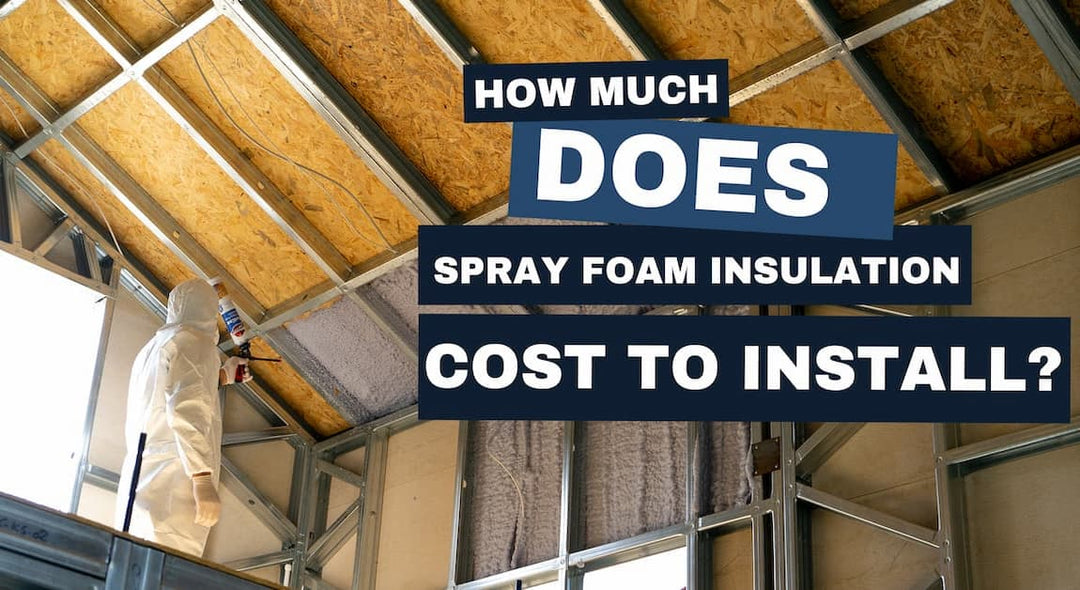
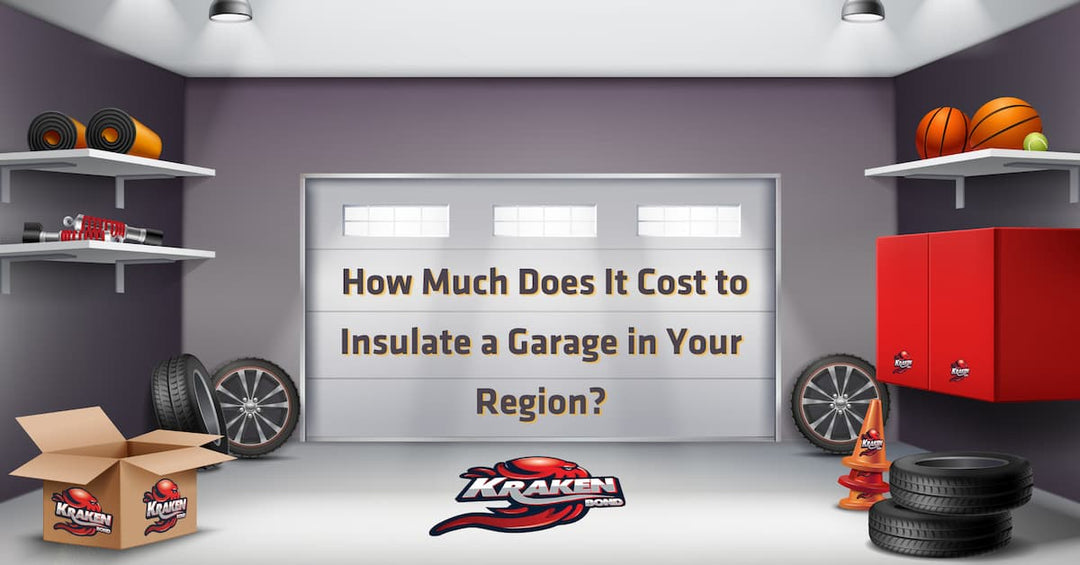
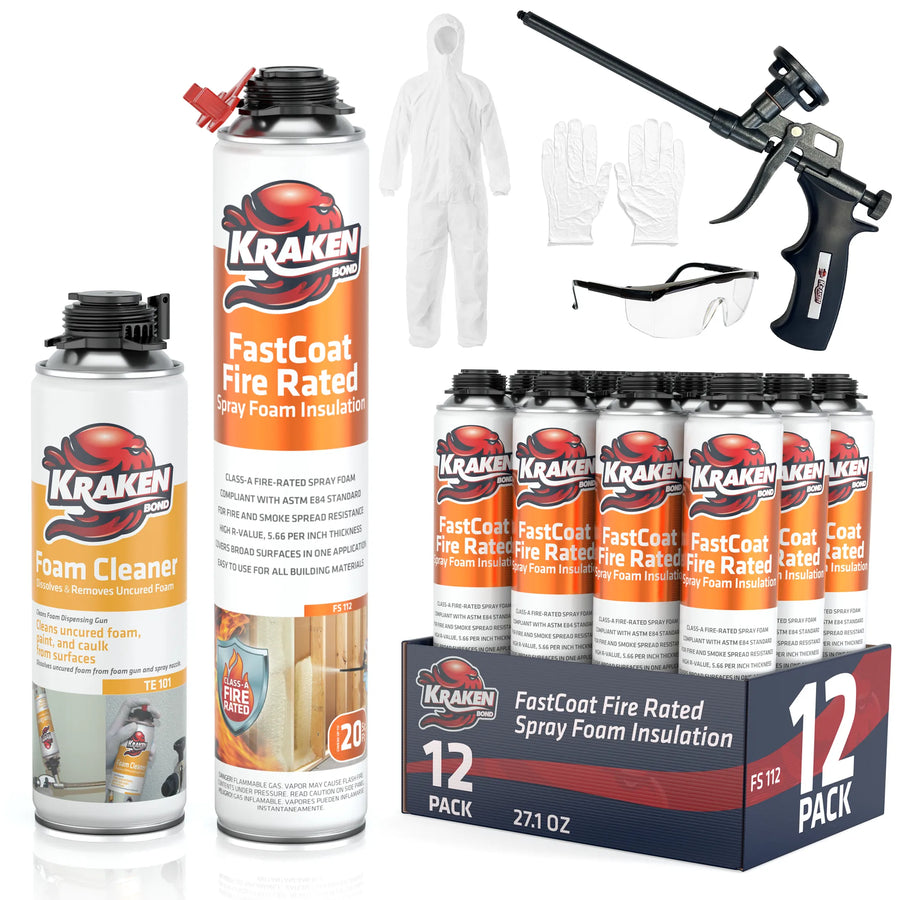







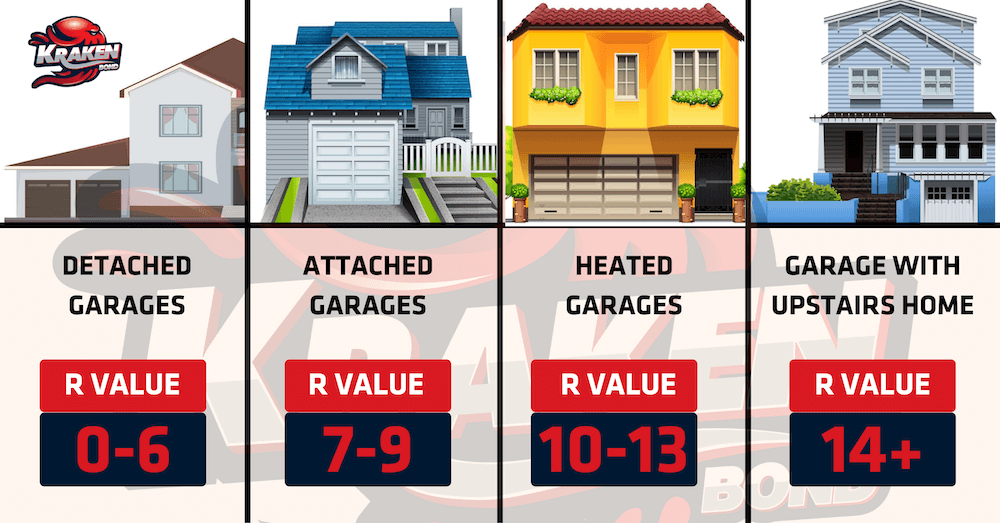
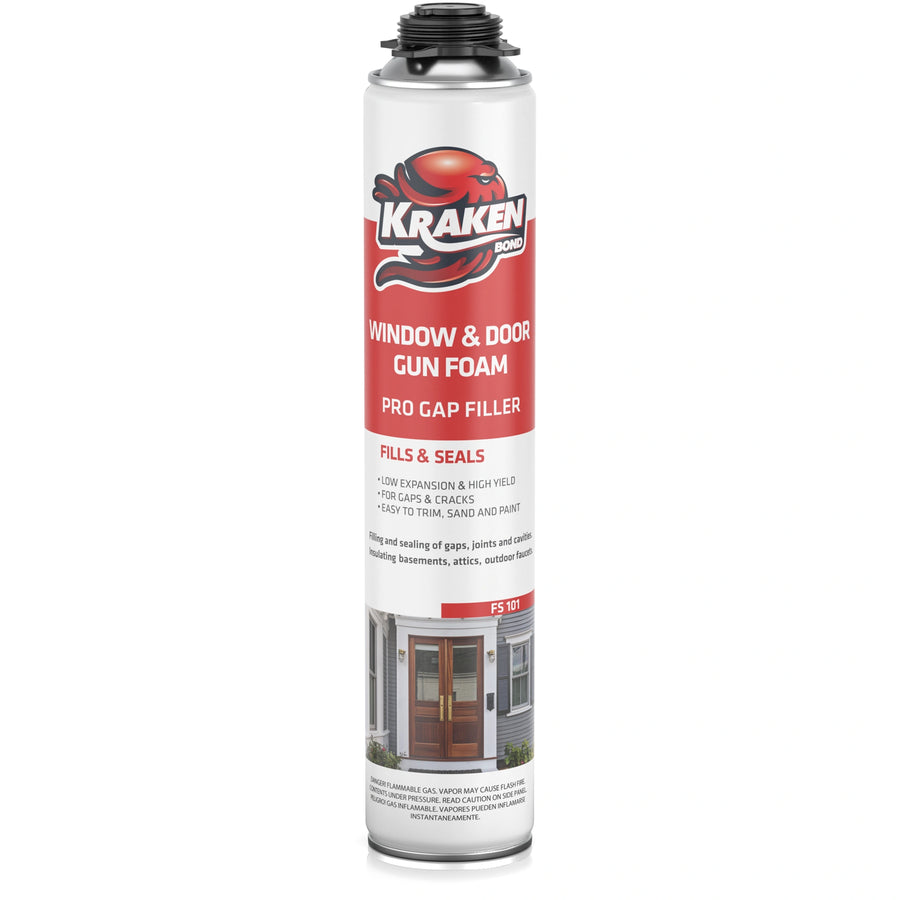
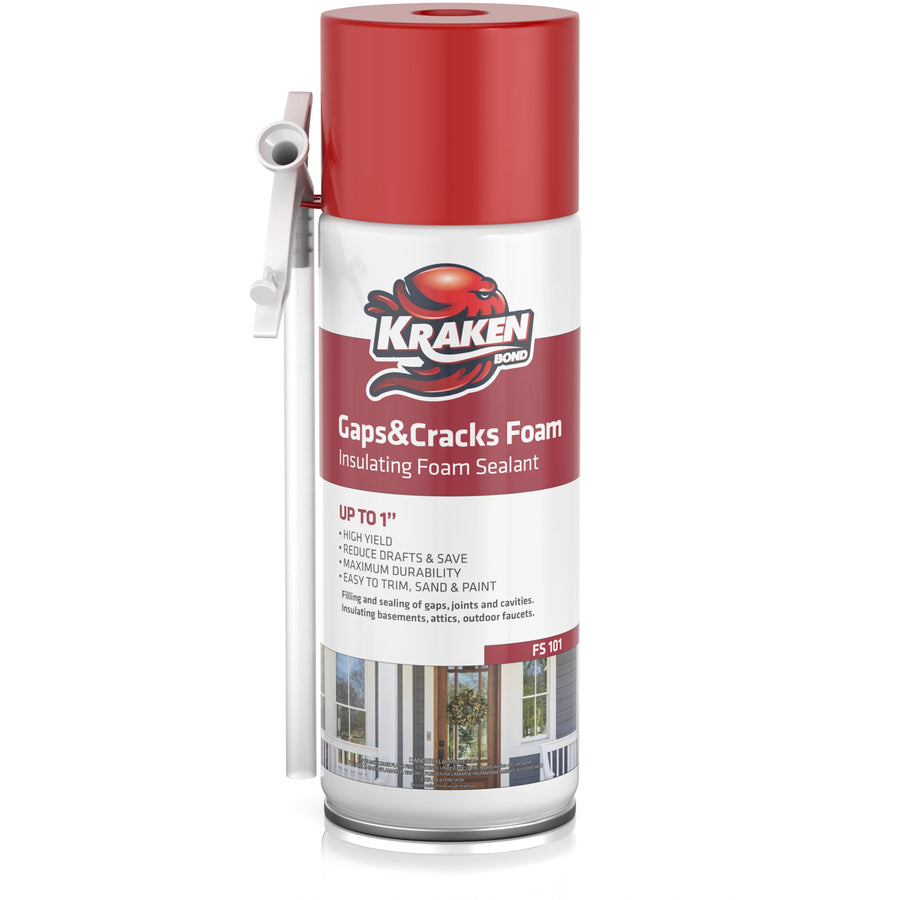
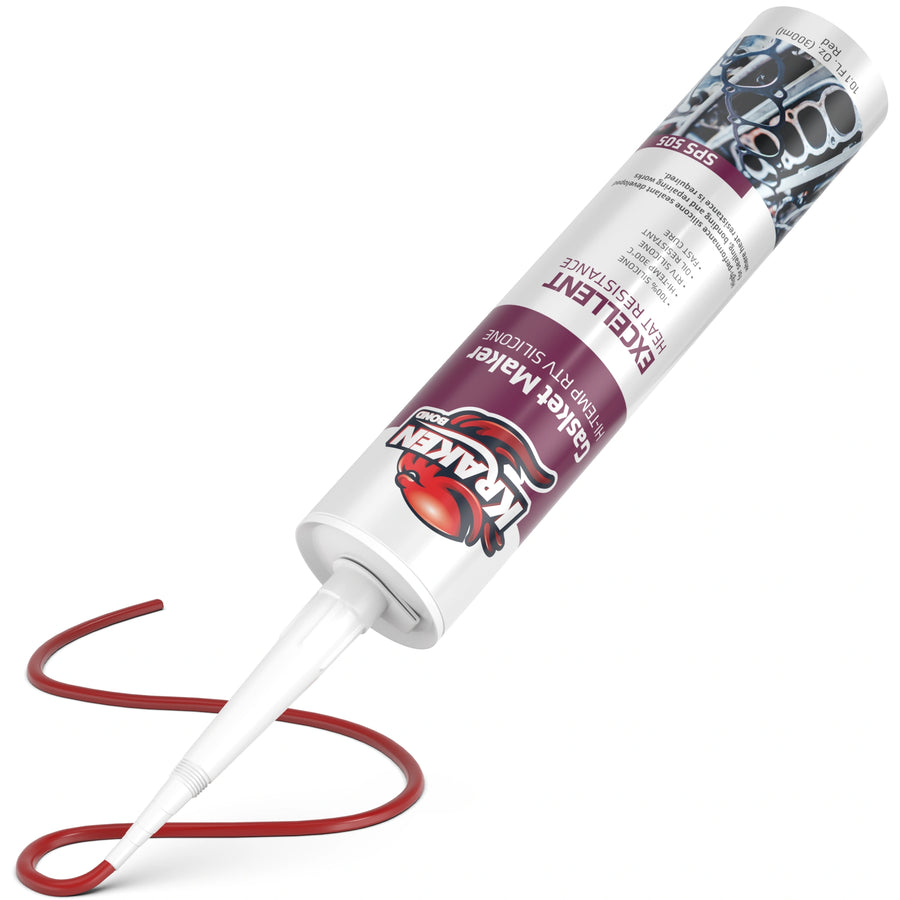
Leave a comment